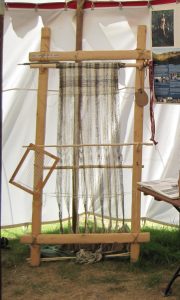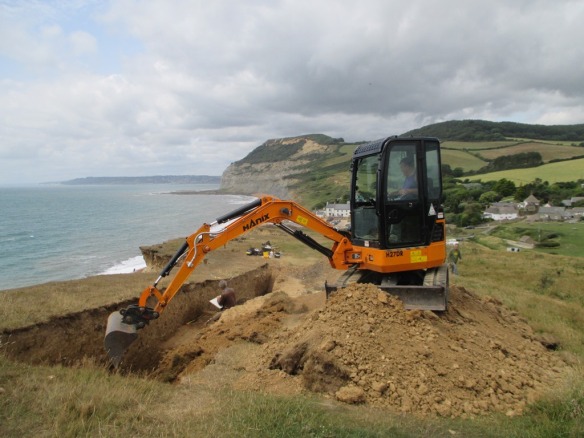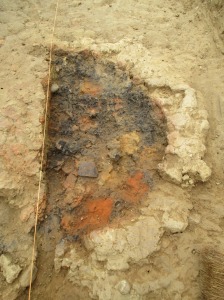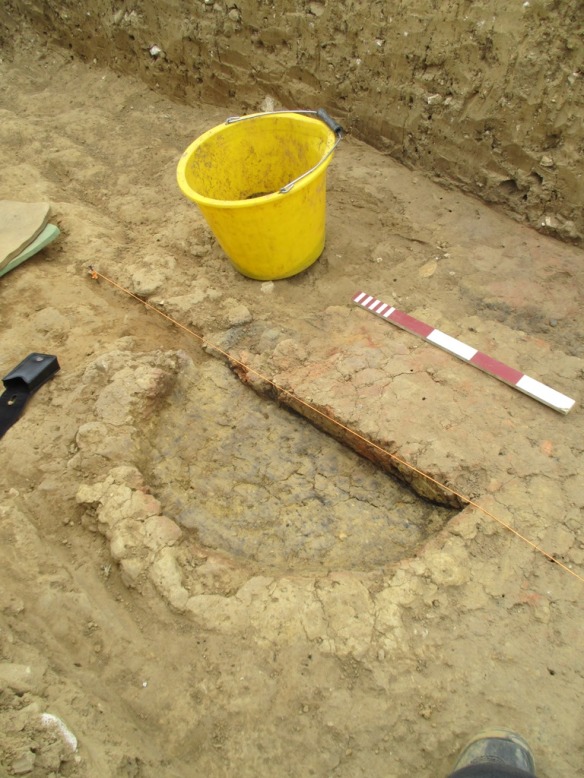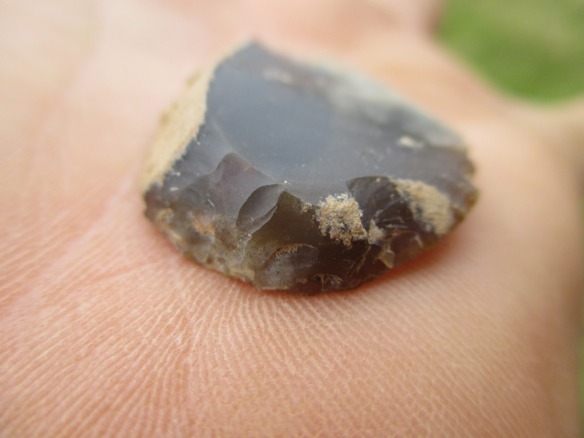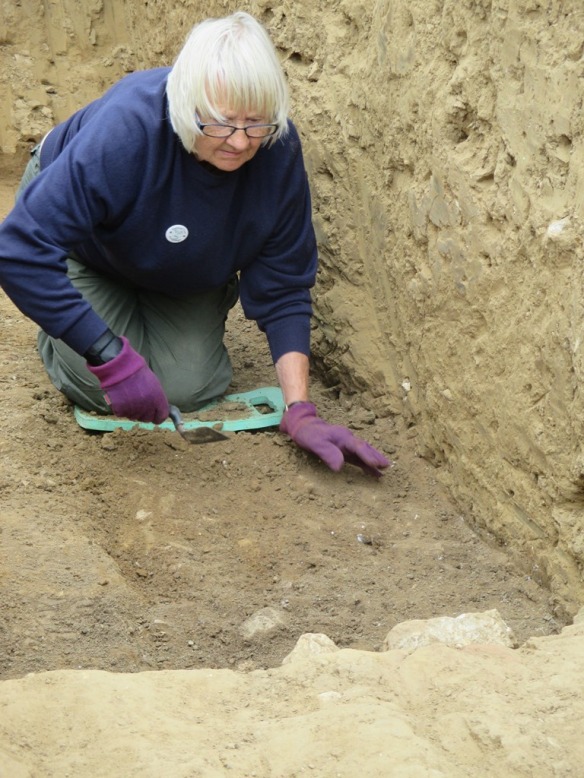This week: the LiDAR survey report for the Stourhead Estate was completed; at Chedworth we understood the drains; a meeting at Brean Down gave context to a 65,000 year old horse’s tooth, and, on the northernmost edge of the South West Region… geophysics has begun to provide evidence for the origins of Hidcote.
Wonderful stuff.. and all for future consideration, but my heart is still at Long Bredy and our recent excavations there.
I walk on past the parish church, and up, steeply, through the pasture field to the Ridgeway’s western edge. The sheep watch the figure follow the spine of Martins Down bank barrow. Stopping to enjoy the wide fading landscape, out across Golden Cap to Start Point. Then back through a field of ripening wheat and down a deep grassy hollow-way, back past the church to my tent. Everything glowing red in the setting sun, every strand of grass richly pink and the wool strands hanging sharply in the wire.

One day, when it seemed that we would run out of time. A long day of mattocking, barrowing.. collecting fragments of flint and small sherds of red-black pot. Level after level of 5cm spits of soil. I came back to continue on into the evening and Rob said he would too …but the energy was gone… we exchanged glances and eventually stopped, limply putting the tools away.

The next morning, the lumpy surface turned into a cluster of large stones and we began to carefully lift them one by one. Each stone covered human remains, broken and impacted by their weight over the millennia. Three crushed skulls and a jumble of long bones.Yellow and fragile mixed with soil and roots. The roots looking like bones and intermingled with them. A trowel, a plastic spatula, a pair of secateurs and a fine brush.

Then the cleaning of bones. A long quiet day, crouched in a trench in a field. Nothing else, just the gentle loosening of soil around them. The initial shock and concern.. then yielding to beauty. The realisation of practical creative design, every curve and facet. A broken pair of shins is exposed; delicate, hard and finely formed. You stroke your own, feel the tibia below the warm skin. Then the softer bones of the feet, a jumble of tarsals. Extraordinary heel bones and the wonder of toes.

We brought back the bones, gathered from the 2013 pipe trench. We took away a few small fragments for DNA and strontium isotope analysis. Once we had cleaned them, Clare came and analysed the skeletons. Two teenagers, one with head to north and one with head to south. One tightly bound and face down, one doubled with feet above the head and the third, a young adult, crouched, the last to be buried. Most of this one gone after the JCB struck six years ago.

A dry fortnight ..but as we packed up it started to rain.. though by that time Nancy had protected the skeletons. Carefully covered, then placed them under a blanket of sieved soil. The stones were put back in place and then Clive brought the digger and pushed the spoil back over the trench. The flint and chert flakes and tools, the pottery and the animal fragments together with the samples from these three 2700-2800 year old people will all tell more of the story.
We will wait, and in the mean time…
I will appreciate the intricacies of my feet.



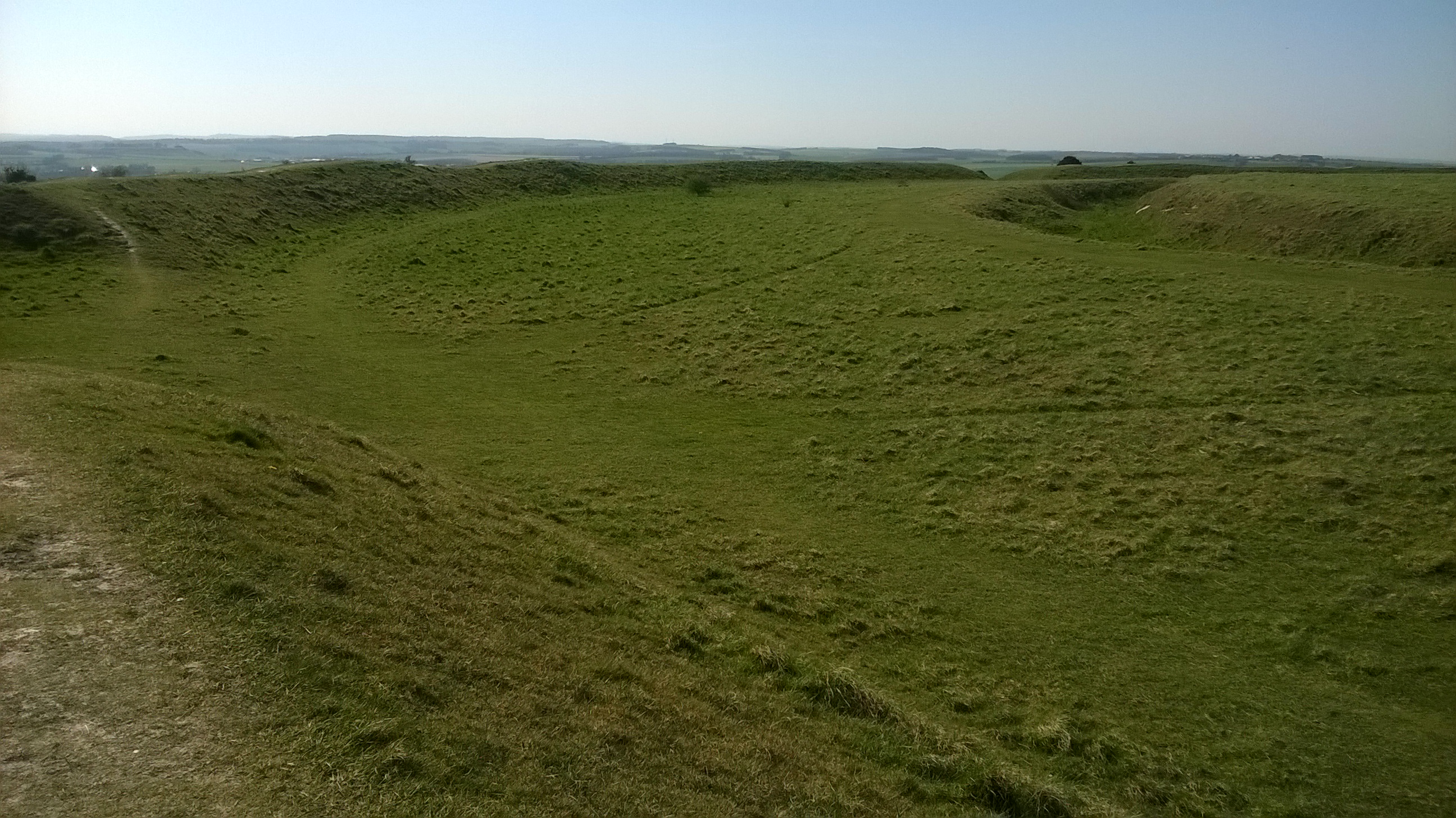

 Lambert’ s Castle after frost.
Lambert’ s Castle after frost.






